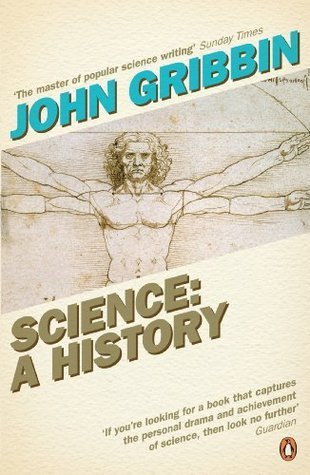
Napoleon's Buttons: How 17 Molecules Changed History
Book Description
What if the fate of empires hung on just a few tiny molecules? Dive into the thrilling world of chemistry in "Napoleon's Buttons," where seventeen seemingly innocuous compounds wield power over history’s most dramatic events. From the spices that fueled trade wars to the dyes that ignited revolutions, each molecule tells a captivating story of ambition, conflict, and transformation. Discover how these chemical agents have not only shaped our daily lives but also influenced destinies on a grand scale. Can a single molecule alter the course of history? Uncover the answer within these pages.
Quick Book Summary
"Napoleon's Buttons: How 17 Molecules Changed History" explores how specific chemical compounds have dramatically influenced human history. Through engaging narrative and scientific explanations, Penny Le Couteur reveals that many pivotal moments—from the rise and fall of empires to revolutions, discoveries, and everyday items—can be traced to the influence of certain molecules. The book recounts stories such as the role of pepper and spice molecules in sparking global exploration, how sugar fueled the transatlantic slave trade, and how synthetic dyes changed economies and fashion. By connecting chemistry to historical events, the book highlights the profound impact of science on civilization and invites readers to see the extraordinary in the ordinary substances surrounding them.
Summary of Key Ideas
Table of Contents
How Chemistry Shapes History
Seventeen carefully selected molecules serve as the protagonists of this book, each acting as a catalyst for a significant turn in world history. Whether naturally occurring, like pepper or sugar, or ingeniously synthesized, like nylon or TNT, these molecules are shown to be intimately entwined with the ambitions, conflicts, and trades that have shaped civilizations. The authors illuminate how their chemical properties dictate their uses, values, and capacities to change the course of nations and daily existence.
The Economic and Political Impact of Molecules
One of the primary themes is how economic and political shifts have been instigated by the pursuit and utilization of these molecules. For example, the lucrative spice trade led Europeans to navigate unknown seas, setting off the Age of Discovery and colonial expansion. Sugar’s demand led to the rise of plantation economies and the destructive Atlantic slave trade. The book demonstrates that the pursuit of certain chemicals often underpinned major geopolitical shifts and wars.
Scientific Innovation and Its Unintended Consequences
Scientific innovation is another core theme. The quest to synthesize molecules such as dyes, antibiotics, and plastics spurred new industries and transformed societies. The discovery of Mauveine opened the door for synthetic dyes and revolutionized textiles. Aspirin and penicillin radically improved healthcare and longevity. Yet, as seen with TNT and other explosives, innovation also brought about new forms of warfare and challenges.
Molecules in Everyday Life and Culture
Throughout, the authors connect complex chemistry to real-world impacts in an accessible and engaging way. They explain how the structures of molecules like cellulose or the mechanism of Vitamin C deficiency influenced not just scientific progress but broad social habits. Everyday life—what we eat, wear, or use—has repeatedly been shaped by these compounds, whether through fashion, nutrition, or technology empowerment.
Ultimately, the book’s overarching message is the profound interconnectedness between science and the human story. By tracing momentous historical events to their chemical origins, "Napoleon’s Buttons" celebrates the hidden forces that have defined eras and changed destinies. It encourages appreciation for chemistry’s role in shaping our world, blending storytelling and science to make the invisible world of molecules vivid, memorable, and meaningful.
Download This Summary
Get a free PDF of this summary instantly — no email required.





